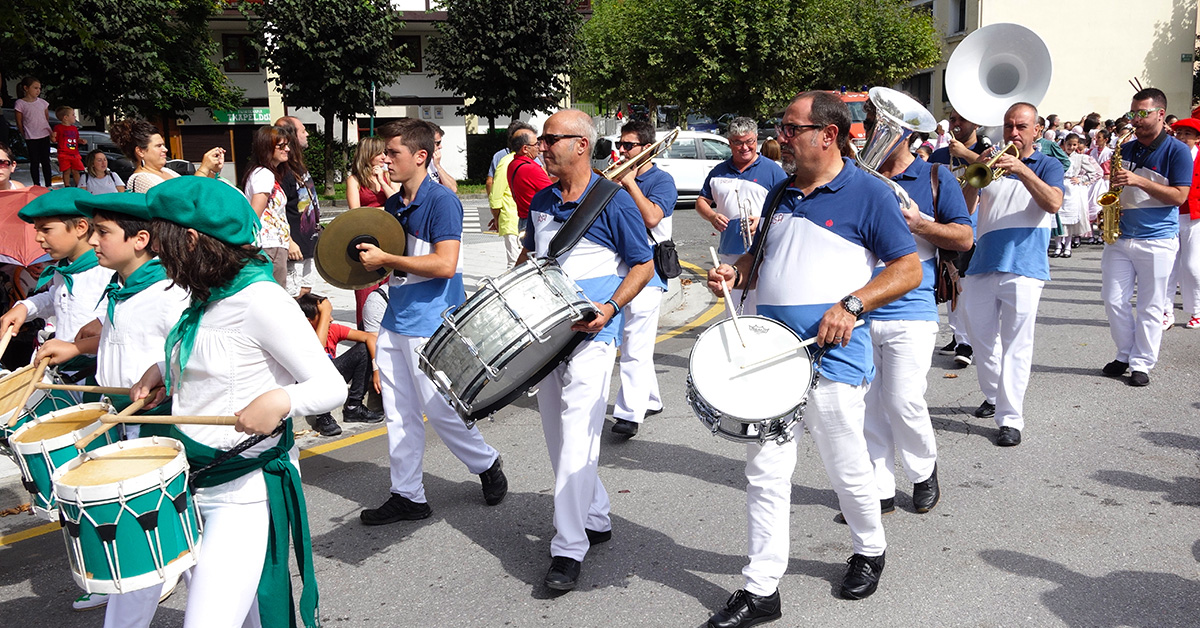Archives
Professor José Manuel Pedrosa from Alcalá University wrote a short article on Hilarión Bengoa the drummer; the article, published by Labayru Fundazioa, was based on news items in the Memorial literario instructivo y curioso de la Corte de Madrid (Madrid Court Circular) for 1875. Coincidentally, Juan Ignacio Iztueta refers to a drummer named Hilario in his Gipuzkoako dantza gogoangarrien kondaira edo historia (Euskal Editoreen Elkartea, Klasikoak. Donostia, 1990. Edition by María José Olaziregi. The quote I have used appears on pages 110-111). Iztueta considered Hilario to be the very model of the conceited drummers who – despite being talented whistle players, were greatly responsible for the loss and falling out of fashion of the old dances of Gipuzkoa, as the result of the drummers’ indifference and disdain for the traditional melodies. He discusses that in a section entitled Gipuzkoako dantzari prestuak beren sorterriko dantza oniritzietan ibilteari zergatik utzi izan dioten (Why the noble dancers of Gipuzkoa have stopped performing the beloved dances of their land). And he blamed the drummers for those dances falling out of fashion.
We may not be aware due to the current inertia of daily life, but music is something that is usually at the centre of entertainment and, particularly, at festivities, weekends and different celebration.
Even though the need to play melodies, for different reasons, can be traced far back in time, we can basically differentiate between two uses for music performed in the street: entertainment or leisure and enjoyment; and ritual (religious and/or secular). Furthermore, whether travelling or mobile, on the one hand, and fixed or static, on the other, it coincides with the presence of the people in the spotlight, the musicians: who can be literate and illiterate; enthusiasts, professionals and beggars; instrumental or with voice accompaniment; locals or incomers.





